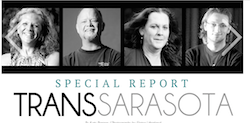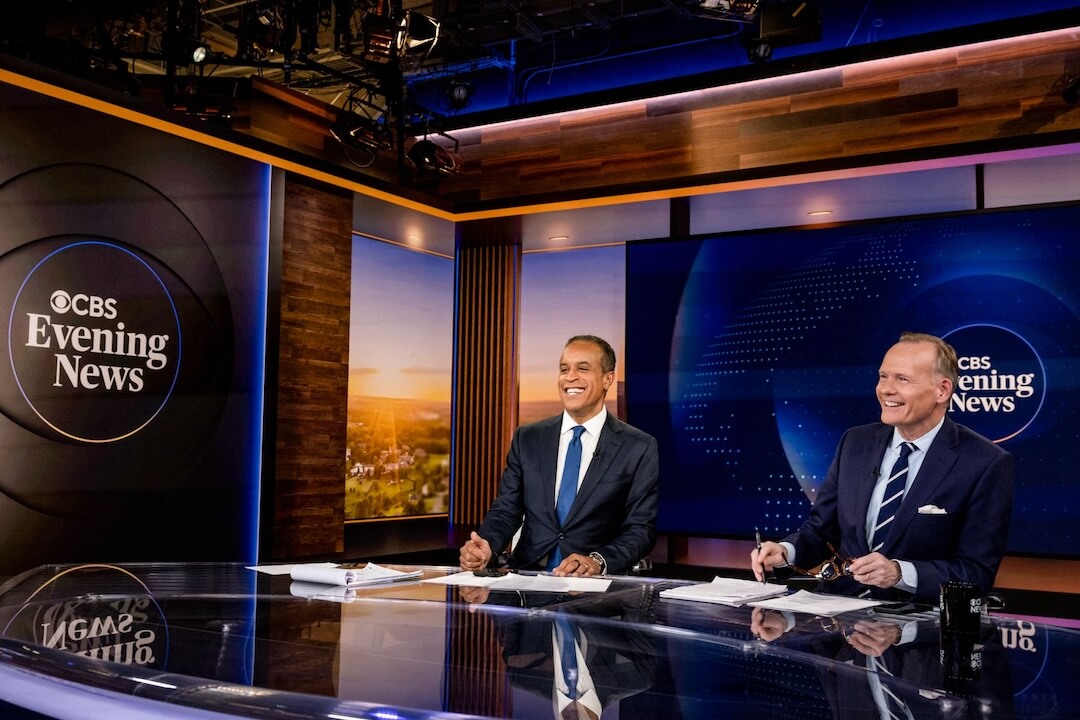The reporting for what would become Trans Sarasota, a multimedia storytelling project on transgender Floridians for the Sarasota Herald-Tribune, started in a chance meeting with a student named Tyler.
Last summer, Tyler spoke to me about the complications of being transgender on a college campus. I was struck not only by my own ignorance about transgender experiences, but Tyler’s strong, immediate concern that what I would write about transgender people would be utterly wrong.
Later, I would learn another journalist had visited campus, and insisted on identifying transgender people by the pronouns they were given at birth, rather than those they identified with. Some students had grown mistrustful of reporters.
At that point, I had only a clear sense that I needed to tread carefully, that there were mistakes to be made, concepts about gender identity to learn and a community’s understanding of trans people at stake.
As journalists, we rely on process and precedent to guide decision-making, even as our own standards evolve. I found few guidelines when it came to covering transgender people and little institutional knowledge among my colleagues and supervisors.
Yet visibility for transgender people was increasing. A fierce criticism of the media covering an evolving movement “wrong” (Katie Couric on television asking trans people about their genitals) as well as a celebration of media doing it “right” (TIME’s cover on Laverne Cox and a growing trans equality movement) emerged too.
I wanted to report on transgender people and issues that mattered to them, but I felt like I didn’t understand the context of the struggles and achievements I was hearing about. I decided to rely on community members involved with or affected by this movement to help me understand. At the point where I felt I could tell compelling stories about transgender people, I decided to instead create a platform for individuals to tell their own stories.
The result is Trans Sarasota, a multimedia project that profiles 10 Southwest Floridians who are transgender or supporting someone who is.

Robin Morgan spoke to the Sarasota Herald-Tribune about a disparity of resources and understanding of trans people throughout her life. Her story was told in the multimedia project Trans Sarasota.
I spent five months meeting people in one-on-one meetings or opportunities like observing a support group. The father who paused when he said “daughter,” afraid he’d refer to the son he knew for decades. The woman who shared the joy she felt since changing her appearance and identity documents to be female. A mother who explained the scorn she receives for allowing her transgender son to start hormone therapy.
My first realization? People saw a lack of knowledge about being transgender as an obstacle to acceptance and progress, especially when it came from the media.
My sources knew I wanted to publish an in-depth story, but they also understood that I wanted to learn what being transgender in Southwest Florida meant before I started. That helped later, when I came back to ask some to share their lives with me in a digital project. But my first meetings with Trans Sarasota subjects were informal and off-the-record.
Many media decisions flagged as problematic — not using a source’s preferred pronouns, before and after pictures, a focus on physical changes that some trans people choose to pursue — are criticized because they reinforce a constant misconception about being transgender.
That misconception is that being transgender indicates a switch, that a transgender woman, for example, is a man choosing to be a woman as opposed to a woman who for biologically and societal reasons has been forced or encouraged to present herself as a man.
I took the time to learn about these complexities. I also relied on style guides from GLAAD on covering sexual or gender minorities and background sources, including a local gender therapist.
I operated under a loose theme: how trans people and their allies use visibility as a tool to build inclusion. That gave subjects conversational starting points that let them being individuals with a valuable perspective — not token representatives of being trans.
Two challenges emerged when it came to how Trans Sarasota would look. How do we tell these stories with impact? How do we equip readers with basic concepts about being transgender in a way that isn’t obvious or boring?
I pitched a multimedia website that told 10 personal stories through video, profiles and photographs and also included a space for readers to share their own stories.
At the Herald-Tribune, reporters work with editors to assemble their own project teams. Design — how to illustrate the diversity under the transgender umbrella — became part of the discussion early on. We chose to embed definitions into the text, so readers could learn on the go. That information, as well as other learning tools and websites, made up a “Resources” page.
Handing sources some control can be uncomfortable. But it was important that readers did not generalize trans experiences, a mistake I made early on in my own reporting. I wanted to digitally create the experience of sitting down with someone at a coffee shop — you don’t get a life story, but you do get an appreciation for who someone is.
The format was also a way of introducing readers to the trans equality movement’s local initiatives, such as the City of Sarasota’s efforts to protect trans people in its anti-discrimination policy.
Because there are safety and political consequences associated with being transgender, I let people see printed interviews and choose whether to use their last name. I also had Equality Florida, a LGBT civil rights group, review the project before it launched. If the organization had questioned how trans people were presented, those issues would have been discussed in our newsroom. But the organization found no issues, and later shared the project with its membership.
Trans Sarasota made me believe that other journalists could benefit from a starting point, a road map and a more universal conversation about ethically covering LGBTQ people.
After addressing my own gaps in knowledge, I learned to ask questions that didn’t reinforce tired narratives or misinformation about trans people.
I learned there is specific language deemed more appropriate, respectful and accurate when discussing gender identity, but that it is important to check what words best describe an individual’s own experiences and beliefs.
I learned that I don’t have to report everything I’m told. Some sources felt comfortable discussing more personal aspects of their own transitions with me; that didn’t make those details relevant to my “building inclusion” theme.
I learned the importance of being familiar with style guides that can help with deadline situations, such as how to cover a transgender victim of crime, and making sure my editors are too.
I learned the importance, and the power, of taking my time, of involving community members in how a story takes shape and of treating people as individuals.
In five years, I suspect, the experiences in Trans Sarasota won’t be so novel or unfamiliar. But I believe there will always be power in giving community members a stronger voice in journalism, especially when we feel like there is more to understand about how to cover something well.
Katy Bergen has covered education and sports performance for the Sarasota Herald-Tribune since 2013. She has previously written for the Bradenton Herald and The Kansas City Star.
Correction: Due to an editor’s error, reins was spelled incorrectly in the headline.








Comments